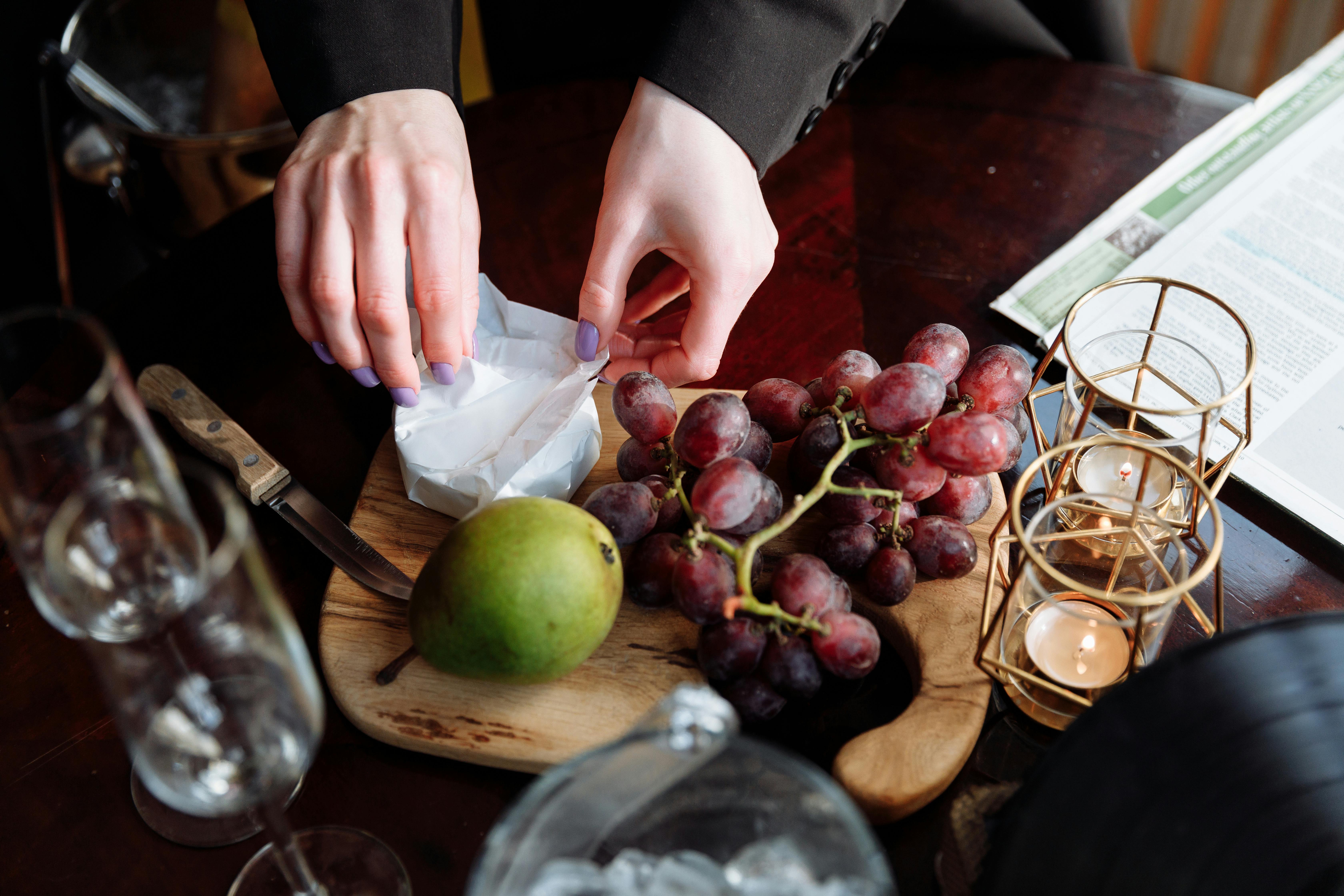From time to time parents ask me for help regarding the discipline of their children. It’s a different age than when many of us were children and the discipline techniques of yesterday don’t work today. Many of them anyway.
I have a highly disciplined homework with an NLP twist that makes it easy for you and helpful for your child. First let’s have a quick talk about discipline.
I have a word for you – consistency. There are too many children that I meet in my office or through parents whose only consistency is that there is no consistency. Lack of consistency of rules, rewards, consequences, punishments, etc. Every day they wake up their new rules. This can be very, very confusing for children. Children need rules, limits, and consistency.
When I work with parents to increase their parenting skills, the biggest downfall is consistency. During our conversations, I can ask what kind of reward and consequence methods they use and a standard comment is “but that doesn’t work for us.” To me, that simply means that any given method may not have been used consistently. This may be because it is too difficult to implement or simply not effective.
Whatever you do should be easy to implement, otherwise you will give up. If you. His son is not going to do anything to help ensure that his consequences are met; that’s the parent’s job. My favorite stories are the ones with a long list of ‘you can’t…’ like this: “you (the kid) can’t watch TV, talk on the phone, use the computer, play games, have friends over.” , go with friends – nothing, nothing. You are grounded for two weeks!” Two days after grounding, the child goes to the parents: I’m bored … the parents answer “go watch TV.” Punishment over. Child – one point. Parent – If it’s too difficult to manage, maintain, or sustain, it won’t work.
This is one of my best discipline/consequence methods that works for any child ages 6-16. Here’s how it works (some of you may remember this from school):
1. Buy your child a notebook (spiral, exercise, etc.) of his own. If she has more than one child, this means more than one book. One for = one child.
2. Choose a place in the house where your child can sit, undisturbed for 5 to 30 minutes (or more). This place must be outdoors (not in her room) and not in a pre-anchored place (that is, where the child always sits at the table anchored to eat).
3. Explain this consequence to your children. Here’s an example:
From now on there will be a consistent consequence when you don’t follow the family rules. I’ll give you a warning that you’re not following the rules. If you continue, you will stop what you are doing, go get your notebook and sit at the table and write x pages of lines. Let’s devise the line together. While writing the lines, you will not speak, get up from your seat, or do anything other than write. If you talk, get up, or anything other than writing, that will add 1 page of lines. You will sit there until you are complete. When you write, all lines should be in clear handwriting. If not, it will redo the entire page. Once you’re done, you’ll verbally apologize, and then you can get on with your day. Do you have any questions?
4. A general rule of thumb is 1 page of lines (1 line per line) per year of age. So 6 years = 6 pages. Depending on the size of the book, you may want to modify this. Some families choose 20 lines per year of age (6 years = 120 lines).
5. When you choose the line to write, keep it simple and positive based on what you want your child to learn and do in the future:
- No: I will not hit my brother.
- Yes: I will treat my brother with respect.
- No: I’m not going to scream.
- Yes: I will find better ways to express my anger.
- No: I will not cheat on my homework.
- Yes: I will do my own job to the best of my ability.
6. Make sure you and your entire family (and any caregivers) know what the family rules are and that all responsible adults follow this consequence, consistently!
The feedback I have received from parents on this simple consequence has been wonderful. The property is given to the child. The sooner they complete the task (legibly), the sooner they can play again or whatever is next. I have a client who takes the notebooks everywhere and has the children doing this task in the car, in a restaurant, in family homes, etc.
What I love about this task is this:
- Provides instant ‘timeout’
- It’s easy to manage – anyone can implement it (tell the babysitter!)
- can be done anywhere
- It focuses on what you want to happen in the future.
If this task is done consistently, this could become one of your favorite consequences; however, it might not be to your kids’ liking!




